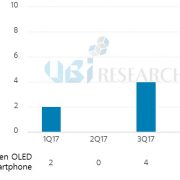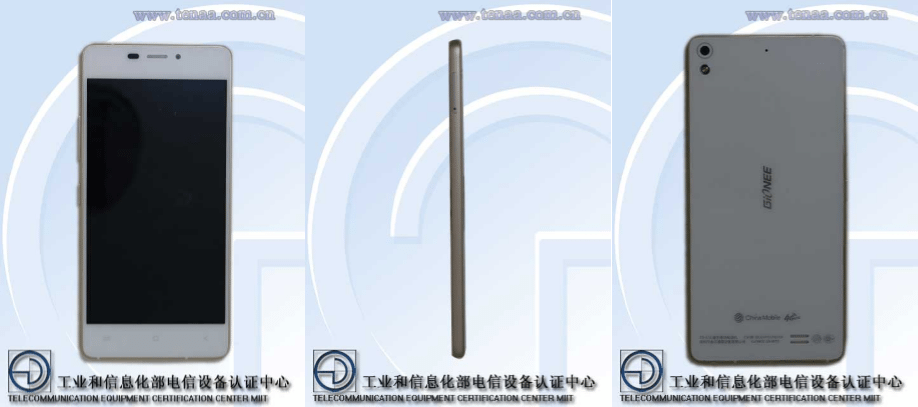Full screen OLED Smart phone, becomes a new trend in Smart phones.
As smartphone specs and designs have been leveled up, smartphone makers are pursuing differentiation through display. In particular, full screen OLED smartphones, which have the largest screen size in the limited smartphone size by applying OLED, are becoming a new trend in the smartphone market.
In the first half of 2017, Samsung Electronics introduced full-screen Galaxy S8 and Galaxy S + with OLED and home button removed. In the second half of 2017, full-screen OLED smartphones began to be launched in 2017, with Apple, LG Electronics, and Chinese smartphone set makers lining up to launch OLED-enabled full-screen smartphones. Thus, in 2017, full-screen OLED smartphones began to be launched in earnest.

<Major full-screen OLED smartphones released in 2017>
There are fifteen full screen smartphones with OLED applied in 2017, with two new products in 1Q, four new products in 3Q and nine new products in 4Q. Samsung Electronics, Apple, and LG Electronics released full-screen OLED smartphones in 3Q 2017, and Chinese smartphone makers such as Huawei, Gionee and Vivo introduced full-screen OLED smartphones in 4Q 2017.

<Number of full-screen OLED smartphones released in 2017 by quarter>
In 2018, more full-screen OLED smartphones are expected to be released than in 2017. Three full-screen OLED smartphones were already launched in January 2018, including Samsung Electronics’ Galaxy A8, and at least two full-screen OLED smartphones are to be launched in February.
According to the ‘2017 Flexible OLED Annual Report’ published by UBI Research in December 2017, full-screen flexible OLED is expected to lead the flexible OLED market with an average market share of 79% by 2022. There is a growing interest in the spread of full-screen OLED smartphones, which has become a new trend for smartphones.










